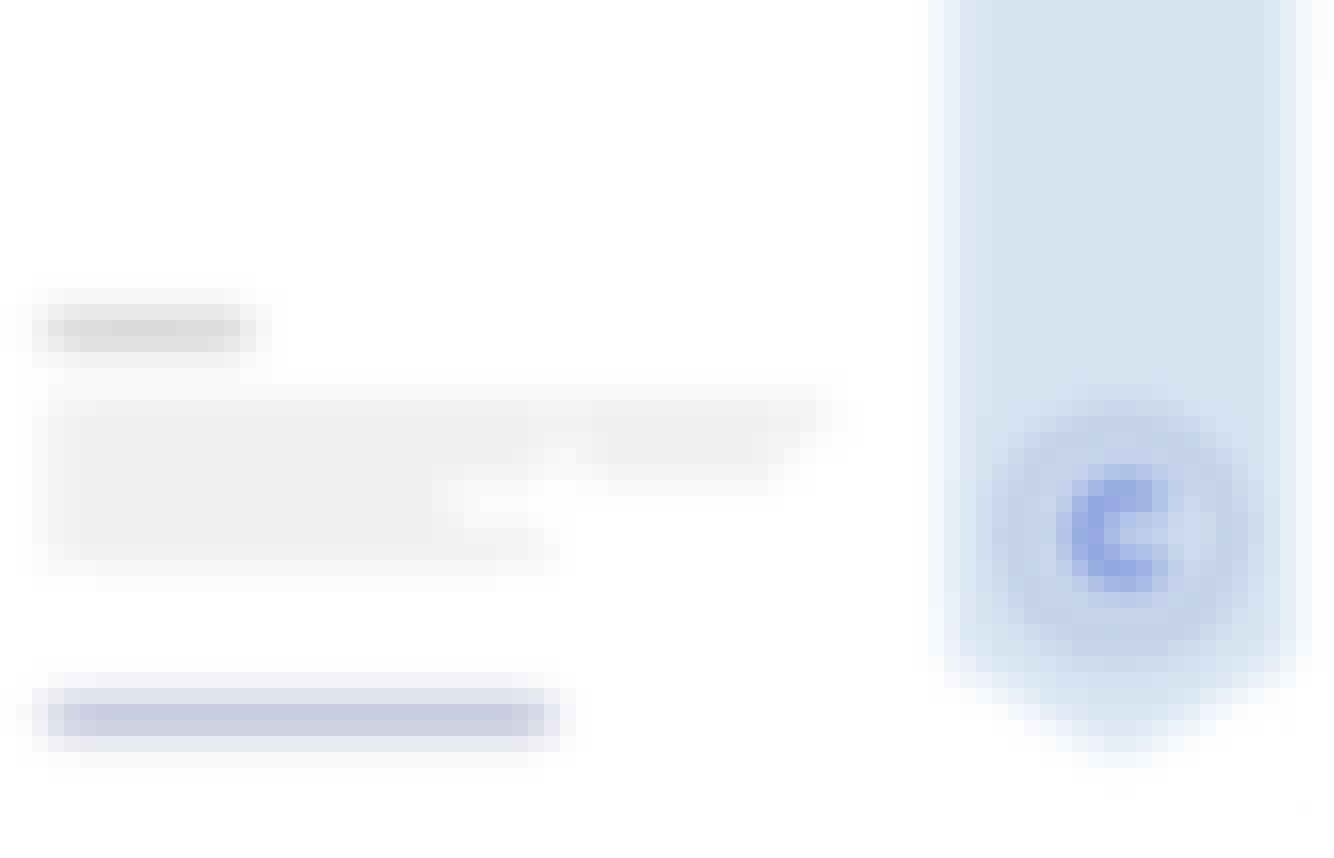This intermediate Tableau course is recommended to learners with some Tableau knowledge. In it, we'll identify basic chart types and when to use them. Then we'll understand typical dashboard-flow techniques and understand how to implement them to guide your viewer from one chart to the next. We'll then start to understand how to use charts to compare values, visualize distributions, and we'll use filters and parameters to make cohesive and interactive dashboards.



What you'll learn
Identify basic chart types and when to use them.
Describe typical dashboard flow techniques to guide your viewer from one chart to the next.
Use charts to compare values and visualize distributions.
Explore dashboard interactivity using filters and parameters.
Details to know

Add to your LinkedIn profile
April 2025
3 assignments
See how employees at top companies are mastering in-demand skills


Earn a career certificate
Add this credential to your LinkedIn profile, resume, or CV
Share it on social media and in your performance review

There are 4 modules in this course
In this module, we'll begin by comparing values to each other and relating parts of the data to the whole. From there, we'll move on to visualizing distribution and learn some more complex types of visualization.
What's included
5 videos3 readings2 assignments2 discussion prompts
In this module, we'll learn some dashboarding best practices and leverage shapes, formatting, and patterns to help your viewers better interpret your dashboards.
What's included
2 videos3 readings1 assignment1 discussion prompt
In this module, we'll create some dynamic dashboards that are full of life! We'll also explore the use of color, along with Tableau Stories.
What's included
2 videos2 readings1 discussion prompt
In this module, we'll tackle more complicated methods of accomplishing dynamic dashboards using parameters.
What's included
3 videos1 peer review2 discussion prompts
Instructor

Offered by
Why people choose Coursera for their career




New to Business Essentials? Start here.

Open new doors with Coursera Plus
Unlimited access to 10,000+ world-class courses, hands-on projects, and job-ready certificate programs - all included in your subscription
Advance your career with an online degree
Earn a degree from world-class universities - 100% online
Join over 3,400 global companies that choose Coursera for Business
Upskill your employees to excel in the digital economy
Frequently asked questions
Access to lectures and assignments depends on your type of enrollment. If you take a course in audit mode, you will be able to see most course materials for free. To access graded assignments and to earn a Certificate, you will need to purchase the Certificate experience, during or after your audit. If you don't see the audit option:
The course may not offer an audit option. You can try a Free Trial instead, or apply for Financial Aid.
The course may offer 'Full Course, No Certificate' instead. This option lets you see all course materials, submit required assessments, and get a final grade. This also means that you will not be able to purchase a Certificate experience.
When you purchase a Certificate you get access to all course materials, including graded assignments. Upon completing the course, your electronic Certificate will be added to your Accomplishments page - from there, you can print your Certificate or add it to your LinkedIn profile. If you only want to read and view the course content, you can audit the course for free.
You will be eligible for a full refund until two weeks after your payment date, or (for courses that have just launched) until two weeks after the first session of the course begins, whichever is later. You cannot receive a refund once you’ve earned a Course Certificate, even if you complete the course within the two-week refund period. See our full refund policy.
More questions
Financial aid available,

